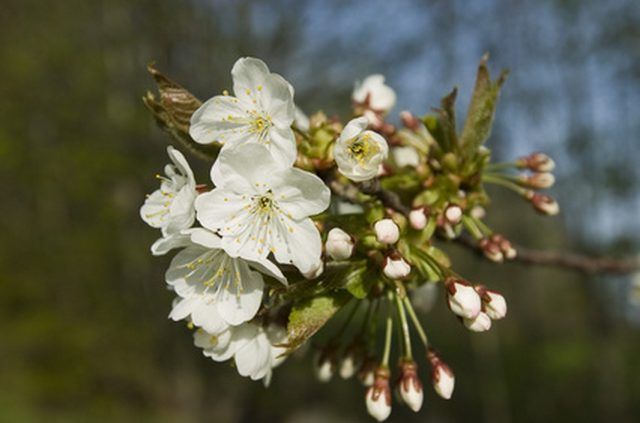Bulbs
Flower Basics
Flower Beds & Specialty Gardens
Flower Garden
Garden Furniture
Garden Gnomes
Garden Seeds
Garden Sheds
Garden Statues
Garden Tools & Supplies
Gardening Basics
Green & Organic
Groundcovers & Vines
Growing Annuals
Growing Basil
Growing Beans
Growing Berries
Growing Blueberries
Growing Cactus
Growing Corn
Growing Cotton
Growing Edibles
Growing Flowers
Growing Garlic
Growing Grapes
Growing Grass
Growing Herbs
Growing Jasmine
Growing Mint
Growing Mushrooms
Orchids
Growing Peanuts
Growing Perennials
Growing Plants
Growing Rosemary
Growing Roses
Growing Strawberries
Growing Sunflowers
Growing Thyme
Growing Tomatoes
Growing Tulips
Growing Vegetables
Herb Basics
Herb Garden
Indoor Growing
Landscaping Basics
Landscaping Patios
Landscaping Plants
Landscaping Shrubs
Landscaping Trees
Landscaping Walks & Pathways
Lawn Basics
Lawn Maintenance
Lawn Mowers
Lawn Ornaments
Lawn Planting
Lawn Tools
Outdoor Growing
Overall Landscape Planning
Pests, Weeds & Problems
Plant Basics
Rock Garden
Rose Garden
Shrubs
Soil
Specialty Gardens
Trees
Vegetable Garden
Yard Maintenance
How Can You Get a Black Tartarian Cherry Tree Pollinated to Produce Fruit?
How Can You Get a Black Tartarian Cherry Tree Pollinated to Produce Fruit?. Black Tartarian is a vigorous, productive, firm, purplish-black, early-ripening variety of sweet cherry. While some cherry trees self-pollinate or are pollinated by another tree of the same species, for reliable fruiting Black Tartarian must be cross-pollinated by another...

Black Tartarian is a vigorous, productive, firm, purplish-black, early-ripening variety of sweet cherry. While some cherry trees self-pollinate or are pollinated by another tree of the same species, for reliable fruiting Black Tartarian must be cross-pollinated by another species of sweet cherry like Bing, Stella, Dwarf North Star, or Montmorency.
Things You'll Need
Black Tartarian cherry tree
Cross-pollinating sweet cherry tree
Grafts
Cut branches
Buckets
Honey bees
Beehives (optional)
Pollinating Black Tartarian Cherry Trees
Plant your Black Tartarian and its cross-pollinator in an area large enough to accommodate both mature cherry trees. Black Tartarians come in dwarf and regular varieties. Cross-pollinating sweet cherry varieties vary widely in height, spread and spacing requirements.
Choose a cross-pollinating sweet cherry variety appropriate for your climate. Sweet cherries don't tolerate arid regions, heavy rains, deep freezes, late frosts or intense heat. They also require periods of dormancy and are not suited to areas with warm winters.
Consider bloom time when choosing your cross-pollinator. To pollinate effectively, the cross-pollinating cherry tree species must bloom at the same time as your Black Tartarian.
Plant the cherry trees as close to each other as their mature size will allow.
Graft the cross-pollinating cherry to one of your Black Tartarian's side limbs.
As an alternative to grafting, cut fresh blooming branches from the cross-pollinating cherry tree, place them in buckets of water, and hang them in your Black Tartarian.
Welcome pollinators. According to Colorado State University Extension, "Pollen transfer is seldom done by wind," and "the honeybee is the most important carrier of pollen." Yards may have enough wild bees to pollinate, or consider keeping one beehive per acre.
Tips & Warnings
A bountiful crop from your Black Tartarian may yield nutritional and health benefits. Cherries are high in anti-oxidants, potassium and a source of Vitamins A and C, and beta-carotene. Drinking cherry juice may reduce arthritis and gout pain.
Avoid planting flowering cherry trees in your yard if you are allergic to bee stings.